Recently, Ms. T. (50 years old, living in Quang Ngai province) went to a hospital in Ho Chi Minh City for examination because her left breast was swollen twice as big as her right breast, accompanied by pain, pressure and difficulty breathing.
She said she had breast augmentation 15 years ago, had no abnormal blood vessel disease, did not use anticoagulants, and had no direct trauma to the chest around the time the symptoms occurred.
The woman was ordered an ultrasound and magnetic resonance imaging (MRI), which showed a fluid collection in the left breast implant.
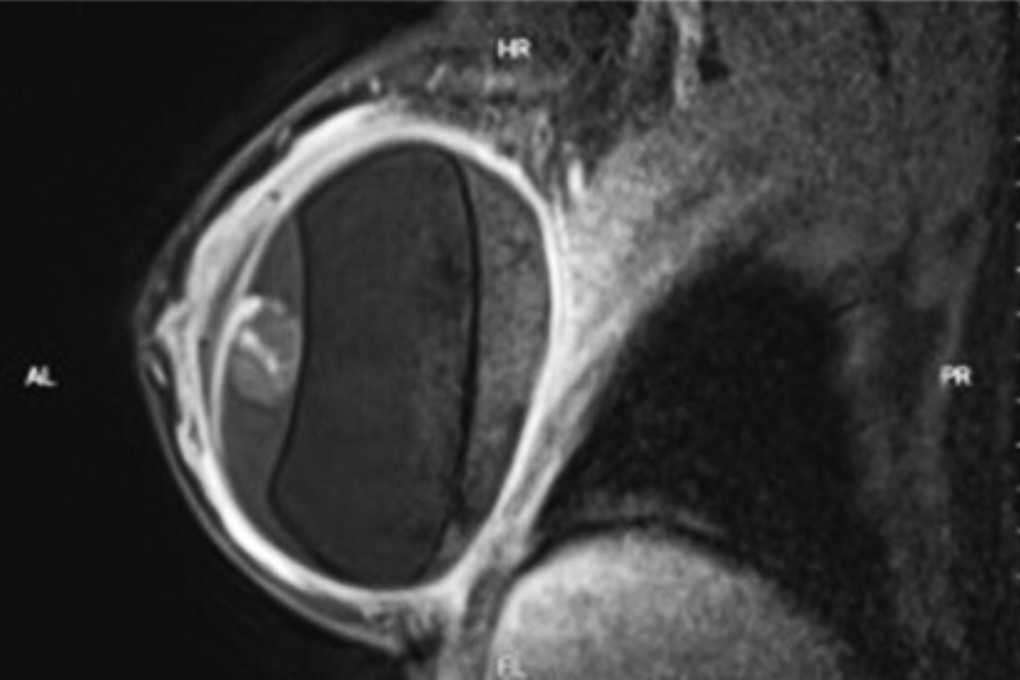
MRI scan of a patient experiencing complications after breast augmentation surgery (Photo: Hospital).
The patient was then referred for cytology, which revealed inflammatory fluid with a differential diagnosis of anaplastic large cell lymphoma (BIA-ALCL), a rare form of cancer.
The patient was consulted by a multidisciplinary team and was scheduled for surgery to remove both breast implants and completely remove the fibrous capsule of the left breast. During the surgery, the medical team discovered about 100ml of blood in the fibrous capsule around the breast implant. After a 3-hour surgery, the patient's health was stable, and pathological examination showed no malignant cells.
Another case is Ms. Th. (51 years old, in Dong Nai province), who suffered from prolonged pain and deformity of her right breast. The patient also had breast implant surgery 10 years ago.
During the examination, the doctor noted that the woman’s right breast showed signs of tension and deformity. The imaging results revealed ruptured bags on both sides with hematoma and silicone leaking into the surrounding tissue.
During the surgery, the surgical team aspirated about 200ml of blood and silicone mixture, treated the fibrous capsule and replaced the implant with a new one. After the surgery, Ms. Th. recovered quickly, with both her health and her mentality stable.
Ms. H. (64 years old, living in Ho Chi Minh City) had two breast implants in 2000 and 2011 to improve her sagging and shrinking breasts after giving birth. Last September, during a routine health check, the ultrasound results showed that the patient had an abnormality in her right breast implant.
The patient underwent an additional breast MRI, which determined that the right breast implant had ruptured within the capsule, with slight fluid leakage. To prevent complications, the doctor ordered the woman to undergo surgery to remove the two old breast implants and thoroughly treat the fibrous capsule.
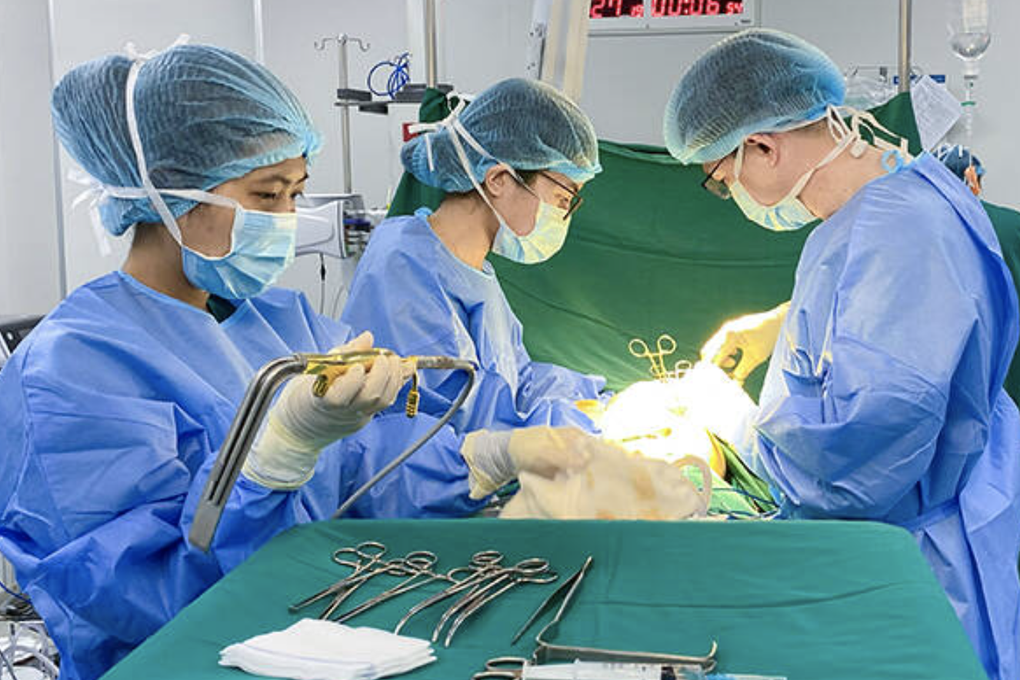
Surgeon treats chest complications for patient (Photo: Hospital).
Master, Doctor Huynh Ba Tan, Department of Breast - Head and Neck Surgery, said that breast augmentation with implants is one of the most performed surgeries, according to statistics from the American Society of Aesthetic Plastic Surgery.
In the past, patients were advised to replace their breast implants after about 10 years. Today, many women can safely maintain their implants for longer periods of time if they do not experience complications.
On the contrary, some cases require re-surgery earlier than expected, due to complications related to the bag such as capsular contracture, bag rupture or breast deformity. Less common complications are seroma and late hematoma, which are manifested by painful swelling and rapid enlargement of the breast.
These cases require early exclusion of anaplastic large cell lymphoma to avoid malignant progression.
Doctors recommend that women who experience swelling and pain many years after breast implants should seek medical attention early. If detected and treated promptly, the prognosis is usually good. In addition, breast augmentation must be performed at a reputable facility, with a well-trained doctor and the patient must be monitored regularly.
Source: https://dantri.com.vn/suc-khoe/nhieu-phu-nu-gap-bien-chung-nguy-hiem-sau-thoi-gian-dai-nang-nguc-20251023122909020.htm


![[Photo] The captivating scenery of the fragrant maple forest in Quang Tri](/_next/image?url=https%3A%2F%2Fvphoto.vietnam.vn%2Fthumb%2F1200x675%2Fvietnam%2Fresource%2FIMAGE%2F2025%2F12%2F10%2F1765353233198_lan09046-jpg.webp&w=3840&q=75)


![[Photo] Explore the US Navy's USS Robert Smalls warship](/_next/image?url=https%3A%2F%2Fvphoto.vietnam.vn%2Fthumb%2F1200x675%2Fvietnam%2Fresource%2FIMAGE%2F2025%2F12%2F10%2F1765341533272_11212121-8303-jpg.webp&w=3840&q=75)


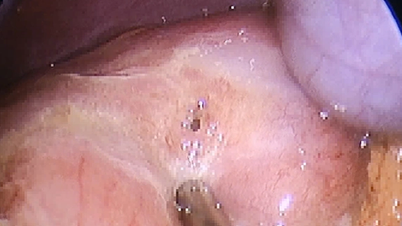

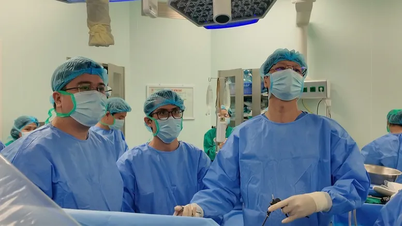



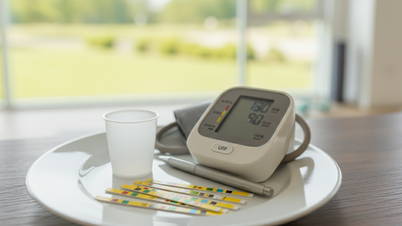


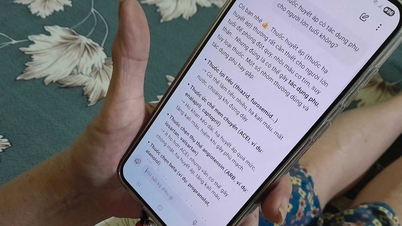
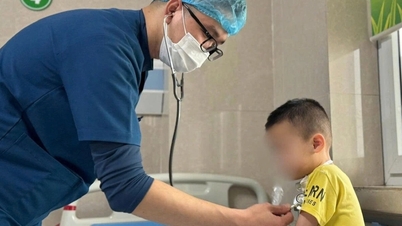


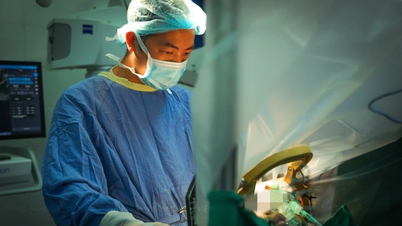

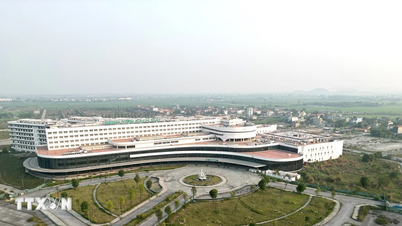








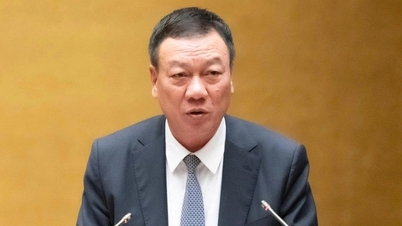







![[Video] The craft of making Dong Ho folk paintings has been inscribed by UNESCO on the List of Crafts in Need of Urgent Safeguarding.](https://vphoto.vietnam.vn/thumb/402x226/vietnam/resource/IMAGE/2025/12/10/1765350246533_tranh-dong-ho-734-jpg.webp)


















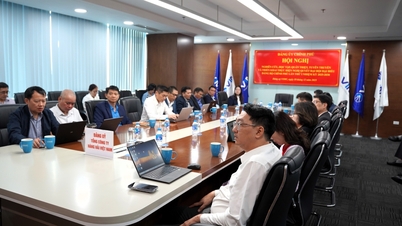


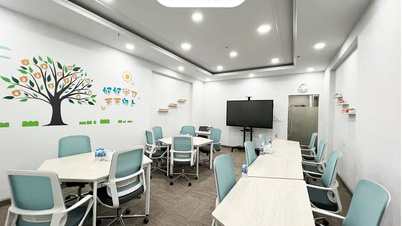















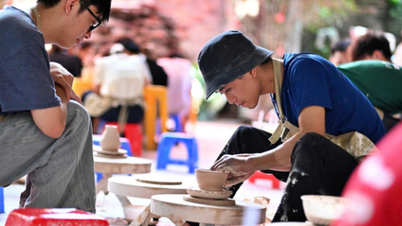






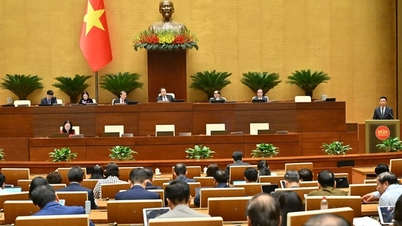






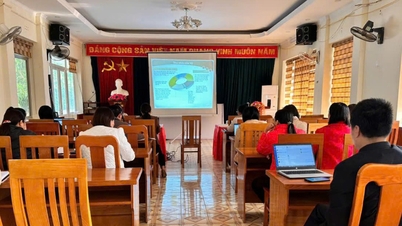






















Comment (0)